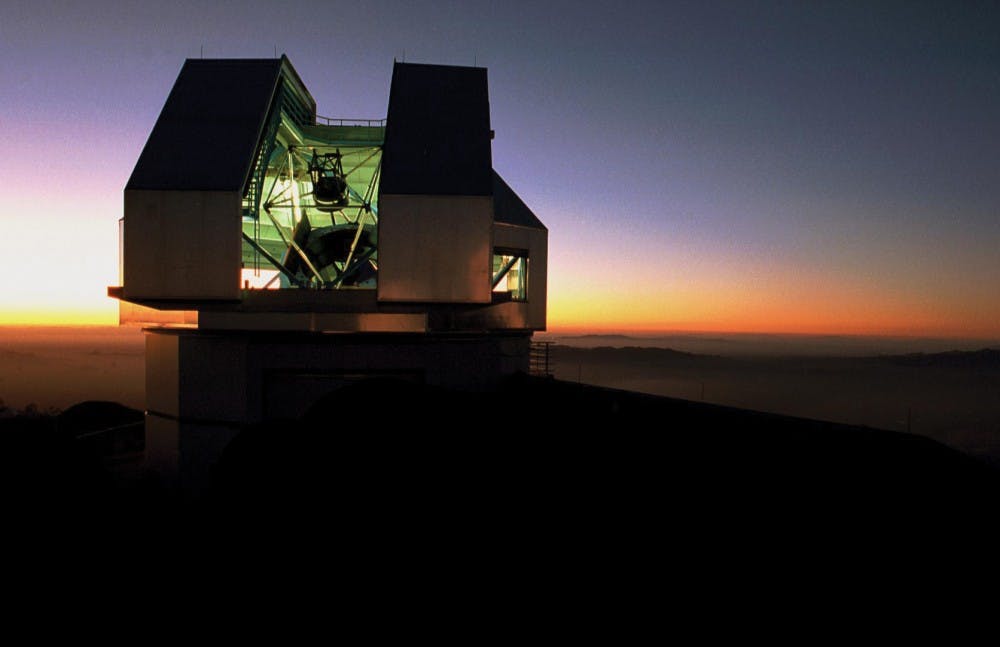
Exoplanets are small Earth-like planets, and one Penn professor is determined to find them. | Courtesy of Mark Hanna
One Penn professor has set his sights far beyond University City: He has teamed up with NASA to discover planets like Earth that exist beyond our own galaxy.
In March, Physics and Astronomy professor Cullen Blake joined NASA’s efforts to create a cutting edge exoplanet detector. Exoplanets are planets that orbit stars other than the sun. The creation of the detector, a $10 million device, will be a collaboration led by Penn State and funded by NASA and the National Science Foundation.
While exoplanet detectors were originally directed toward discovering larger gaseous planets like Jupiter, one of the benefits of the more precise technology is that it will be able to detect smaller earth-like planets.
“Planets like Earth are actually very common. So our solar system is really not the exception — it’s maybe a pretty typical thing among stars and a system of stars,” Blake said.
Blake also said that with the new technology, scientists are now finding more planets in the habitable zone — an area where a planet is located relative to its star so that it receives a similar level of radiation to that of Earth. There is an incredibly high chance that some of these planets can have water as well, he added. Still, the question of possible life on these planets remains mysterious.
The detector will use technology that detects the gravitational pull that a planet exerts on its star, which is known as the “wobble effect.” Smaller planets have smaller wobbles, which are indicated by smaller change in light wave absorption, which makes them harder to detect.
Since the early 1990s scientists have successfully used devices that can pick up these changes, called spectrographs, to detect exoplanets.
“These tiny little movements correspond to the movement of a star, and the movements of the star are caused by the movement of a planet. So we don’t see the planet but we see the star’s reaction to the planet,” Blake said.
Blake says the new detector will be able to detect planets up to ten times more precisely than current technology, like the spectrograph, allows. The new detector is slated to be completed in 2019, and will be installed on the WIYN telescope in Kitt Peak National Observatory in Arizona. The device will be named NEID, which means “to discover/visualize” in the language of the Tohono O’odham people, the Native American tribe who owns the land where Kitt Peak is located.
With the new detector, Blake and his team will focus on both looking at stars that have not been studied yet to understand their systems of planets, and further studying planets that have already been discovered by other NASA missions.
College senior and Astronomy major Therese Paoletta said that the detector presents an interesting breakthrough for students regardless of whether they are studying astronomy or not.
“I think people are really curious about what there is outside of the universe and I think that students outside of astronomy will be really excited about this sort of news ... It blows a lot of people’s minds to think about that sort of structure going on outside of our solar systems,” Paoletta said. “It’s really inspiring to know that our professors are involved in these really important projects.”
The Daily Pennsylvanian is an independent, student-run newspaper. Please consider making a donation to support the coverage that shapes the University. Your generosity ensures a future of strong journalism at Penn.
DonatePlease note All comments are eligible for publication in The Daily Pennsylvanian.








